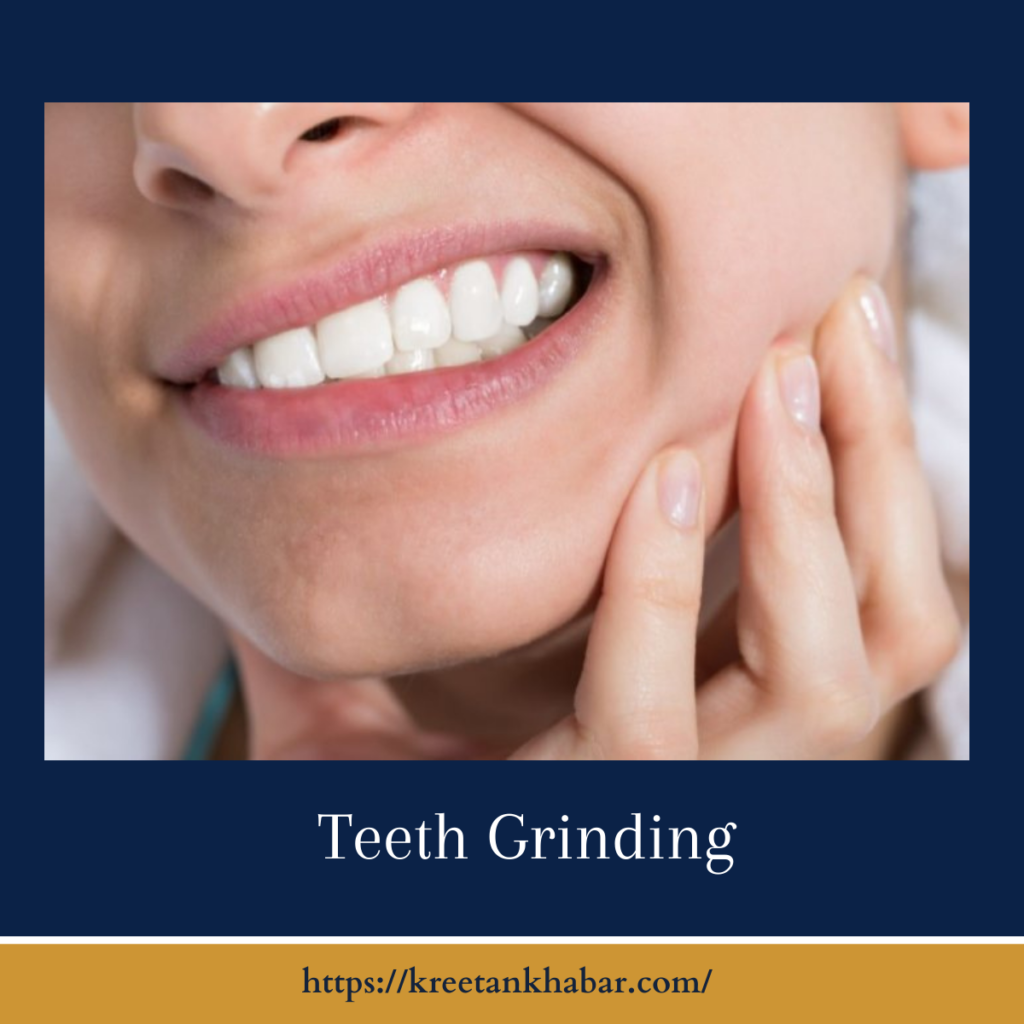Jaw Clenching
Introduction
In the fast-paced rhythm of our daily lives, stress and tension can manifest in unexpected ways. One such subtle yet pervasive sign is jaw clenching, a phenomenon that often goes unnoticed until it evolves into a persistent issue. This seemingly innocuous habit can have far-reaching consequences on our well-being, both physical and emotional. Let’s delve into the world of jaw clenching, exploring its origins, impact, and strategies to unclench the grip it has on our lives.

The Unseen Culprit
Jaw clenching, medically known as bruxism, involves the involuntary and habitual grinding or clenching of the teeth. While it commonly occurs during sleep, daytime bruxism is not uncommon. Stress and anxiety often play starring roles in the emergence of this unassuming yet potentially harmful behavior.
The Stress Connection
In a world where stress seems to be an unwelcome companion, our bodies often bear the brunt of our emotional burdens. The jaw, a powerful muscle, becomes a silent battlefield for the stress we carry. Whether it’s the pressure of work, personal challenges, or a combination of factors, our jaws become unwitting victims of the tension we internalize.
Impact on Oral Health
Beyond the discomfort associated with jaw clenching, its effects extend into the realm of oral health. Persistent grinding can lead to the erosion of tooth enamel, causing tooth sensitivity and increasing the risk of fractures. The temporomandibular joint (TMJ), which connects the jaw to the skull, may also suffer, resulting in jaw pain, headaches, and even earaches.
- Enamel Erosion: Persistent jaw clenching subjects the teeth to excessive pressure, leading to the gradual erosion of enamel—the protective outer layer of the teeth. This erosion not only compromises the structural integrity of the teeth but also increases sensitivity to hot and cold stimuli.
- Tooth Fractures: The repeated grinding and clenching can result in micro-fractures in the teeth over time. These fractures, though initially subtle, can progress to more significant issues, potentially requiring dental interventions such as fillings or even crowns to restore the damaged teeth.
- Temporomandibular Joint (TMJ) Disorders: The temporomandibular joint, responsible for facilitating jaw movement, can be adversely affected by chronic clenching. This may lead to TMJ disorders, causing jaw pain, clicking sounds, and restricted jaw movement. The discomfort can extend to the surrounding areas, contributing to headaches and earaches.
- Gum Recession: The excessive force exerted during jaw clenching can contribute to gum recession, where the gums gradually pull away from the teeth. This exposes the tooth roots and increases vulnerability to decay. Receding gums not only compromise oral health but can also affect the aesthetics of the smile.
- Bruxism-Related Dental Wear: Bruxism, or jaw clenching, often results in distinctive patterns of dental wear. Dentists can identify these wear patterns during examinations, helping to diagnose the presence and severity of bruxism. Addressing this wear is essential to prevent further damage and maintain a healthy bite.
- Increased Risk of Cavities: Enamel erosion, coupled with the wear and tear caused by jaw clenching, creates an environment conducive to cavity formation. The compromised enamel provides less protection against bacteria, increasing the likelihood of decay and cavities.
- Orthodontic Challenges: Individuals who clench their jaws may experience challenges with orthodontic treatments. Braces and other orthodontic appliances can be affected by the excessive pressure, potentially leading to misalignments or a delay in achieving the desired results.
- Facial Muscle Discomfort: Beyond the teeth and jaws, the muscles in the face can also be impacted by chronic clenching. This can result in facial pain, soreness, and tension, further contributing to overall discomfort and detracting from the enjoyment of daily activities.
- Disrupted Sleep Patterns: Nighttime jaw clenching can disrupt sleep patterns, leading to fatigue and exacerbating stress. The lack of restorative sleep not only affects overall well-being but can perpetuate the cycle of bruxism, creating a challenging loop to break.
- Emotional Well-being: The physical toll of jaw clenching can have emotional repercussions, contributing to heightened stress levels and impacting an individual’s quality of life. Addressing the oral health impact of jaw clenching is not only a matter of preserving teeth but also an essential step towards promoting overall mental and emotional well-being.
The Ripple Effect
As the physical consequences unfold, the emotional toll of jaw clenching becomes apparent. Chronic pain and discomfort can contribute to irritability, mood swings, and disrupted sleep patterns. The cycle of stress leading to jaw clenching and jaw clenching exacerbating stress creates a feedback loop that can be challenging to break.
Breaking the Habit
Recognizing and addressing jaw clenching is the first step toward finding relief. While stress management is a crucial component, other practical strategies can help alleviate the physical strain on the jaw. Dental night guards, relaxation techniques, and physical therapy designed to release tension in the jaw and neck muscles are valuable tools in combating bruxism.
Mindfulness Practices
In a world where multitasking has become a badge of honor, incorporating mindfulness practices can provide a sanctuary for our minds and bodies. Mindful breathing, meditation, and yoga can help create a buffer against stress, giving the jaw a chance to relax and release its grip.
Seeking Professional Help
For those grappling with severe or persistent jaw clenching, seeking professional assistance is paramount. Dentists, oral surgeons, and physical therapists can offer personalized solutions, ranging from custom-fitted night guards to therapeutic exercises that target the root causes of bruxism.
Conclusion
Jaw clenching, though subtle in its presentation, serves as a poignant reminder of the interconnectedness between our physical and emotional well-being. By unraveling the mystery of jaw clenching and addressing its roots, we pave the way for a healthier, more balanced existence. In a world where stress is inevitable, understanding and managing the silent strain of jaw clenching becomes a powerful tool in our journey towards holistic well-being.
Read also : Exploring the Delightful Boost of the Green Tea Shot 2023